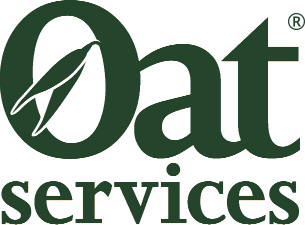The incorporation of important traits underlying sustainable development of the oat crop through combining conventional phenotypic selection with molecular marker technologies (OatLINK).
OATLink Project
The Project
KEY POINTS
- The development of markers for beta-glucan will aid the development of oats that meet the needs of the milling industry and capitalise on the proven health benefit of oats.
- OatLINK has aided the promotion of oats as a low input cereal crop, a good break crop which aids cereal rotations with a lower environmental footprint than other cereals, as demonstrated by LCA (Life Cycle Assessment).
- It has also shown how future targeted research can further reduce the environmental footprint of the crop.
More Info
The overall objective of OatLINK was to incorporate important traits underlying sustainable development of the oat crop through combining ‘conventional’ phenotypic selection with molecular marker technologies. Although conventional farmers, organic farmers, millers and poultry producers have different aims, there is also much in common in terms of the need for economic competitiveness, good agronomic and disease characteristics and sharing of molecular markers. The objectives of developing marker-assisted selection (MAS) and using it and phenotypic selection to develop and test oats for the milling and poultry industry have been brought together in a single project. Specific objectives were: i) to develop new molecular markers, UK mapping populations and contrasting bulk segregants for use in MAS of important traits, ii) to identify, incorporate, select and evaluate important traits for sustainable production and human consumption, iii) to identify, incorporate, select and evaluate important traits for sustainable production and premium livestock feed and iv) to identify, incorporate, select and evaluate important traits for organic production.
Progress has been made in the development and application of molecular markers and the first winter oat genetic linkage map developed. Phenotyping of populations developed for specific traits has been completed (low lignin husk, beta-glucan) and markers have been identified associated with the dwarfing gene (dw6), components of height and yield, beta-glucan content, oil content and naked character. The project confirmed that increasing oil content increases the energy (ME) value of naked oats, the potential of high oil oats in poultry diets and demonstrated the lower environmental impact per unit of energy provided compared with other cereals. NIR calibrations for oil and N content were developed and the suitability of oats for organic production systems was confirmed with yields of > 7t/ha achieved. Several potential varieties (winter, spring, husked and naked) have been tested for their end-user suitability in conjunction with the milling and poultry industry.
